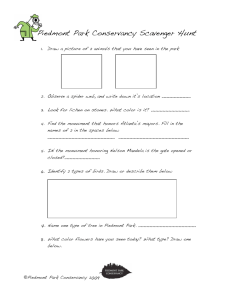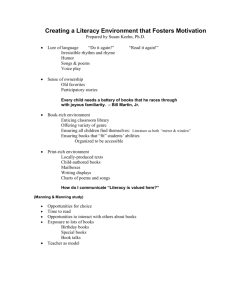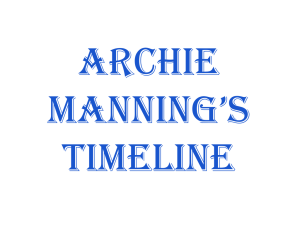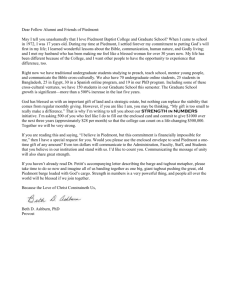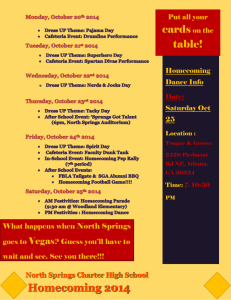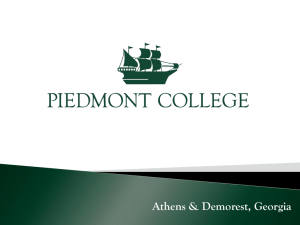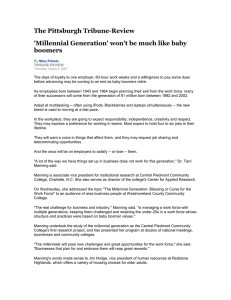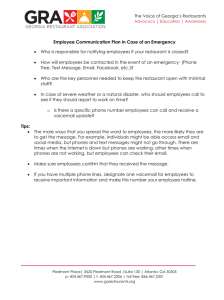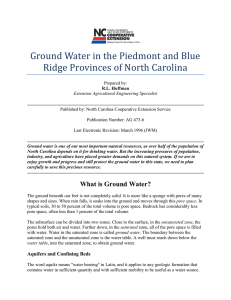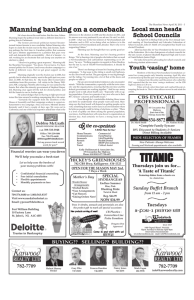CPCC Outcome Forms - Central Piedmont Community College
advertisement
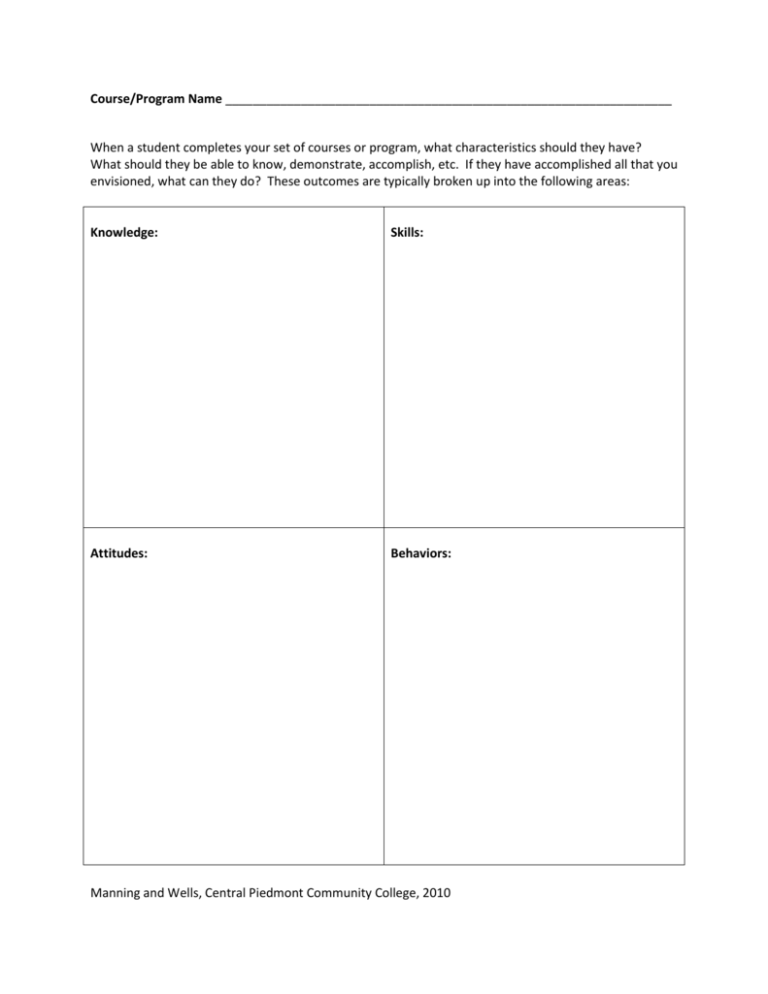
Course/Program Name _________________________________________________________________ When a student completes your set of courses or program, what characteristics should they have? What should they be able to know, demonstrate, accomplish, etc. If they have accomplished all that you envisioned, what can they do? These outcomes are typically broken up into the following areas: Knowledge: Skills: Attitudes: Behaviors: Manning and Wells, Central Piedmont Community College, 2010 Course/Program Name: ________________________________________________________ Some definitions …… o o Student learning outcomes = the benefits for students from completing courses - the knowledge, skills, attitudes, behaviors or values gained in the classroom. Program outcomes = benefits for students received as a result of completing a series of courses, a certificate or degree. USE OUTCOME PRIORITIZATION If you could know anything about your students in regard to program outcomes, what would be of greatest use to you? VALUE What outcomes are most valued by your program faculty for your students? INFORM DECISIONMAKING What outcomes would be the most important in determining strategic planning, needs for professional development, marketing, making curricular changes and hiring staff? IMPORTANT Of all possible outcomes students achieve from their courses, what 2-4 are most critical for them to be able to survive and achieve in their field? Manning and Wells, Central Piedmont Community College, 2010 Developing Outcome Statements Once you have created a list of the knowledge, skills, attitudes, and behaviors that reflect the outcomes you expect for your students, begin to work on outcome statements. Major themes from your lists: Some of the items from your list may fall into the general skills area such as improving communication skills, teamwork skills or student writing ability. Others may be personal characteristics such as developing a strong work ethic. And others may be discipline specific skills such as nurses accurately taking blood pressure. Begin to identify the major themes on your list. 1. 2. 3. 4. 5. In looking at the themes you created above, what would be possible outcome statements? These statements typically start with: “ __% of students will be able to…..” 1. 2. 3. 4. 5. Manning and Wells, Central Piedmont Community College, 2010 Course/Program Area/Name ____________________________________________ Outcome Statement: Operational definition for area: What specific skills must be measured: Would this outcome be measured in a specific course? If so, which one? Manning and Wells, Central Piedmont Community College, 2010 Activity/assignment/assessment used to measure: ________________________________ Logic Model for _________Early Childhood____________________________________________ Inputs Activities Outputs Outcomes Computer software purchased to teach students how to work with young children to develop emerging technology skills in EDU 1212. Students develop computer based activities as a course assignment for 3-5 year olds (non-readers) to help young children understand how to use a computer. 24 students completed 36 assignments on early childhood emerging computer skills. The assignments were tested with 152 children in the college daycare center. 100% of children could identify the mouse, right/left click, computer icons, web navigation tools and alphabet letters on the keyboard. College subscriptions to parent and early childhood magazines/journals and class supplies for EDU 1101 Students will develop lesson plans/ activities to increase emerging literacy skills in young children and include a homework assignment for parents and children. 18 students completed 18 assignments on emerging literacy skills. 90% of students can identify appropriate materials for young children and parents to assist in building emerging literacy skills. Developing Logic Models There are many types of logic models. The sample above is an attempt to get faculty to process through: Department resources →activities taught/facilitated in classrooms →numbers who complete activities →the accomplishment of outcomes Manning and Wells, Central Piedmont Community College, 2010
